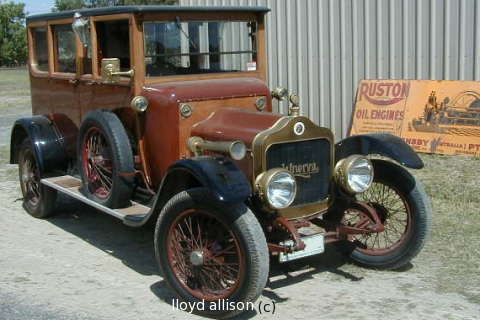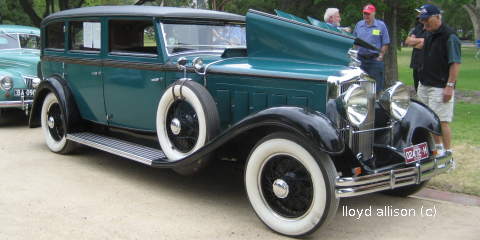Minerva
Minerva, the Societe Nouvelle Minerva S.A., began by producing bicycles before moving on to motor cars, a Panhard like prototype appearing in 1902. The company quickly grew and was Belgium's largest manufacturer by 1911, employing 1600 people. The company enjoyed racing success winning the Belgium Grand Prix in 1907 and at the Isle of Man TT in 1914 coming 2nd, 3rd and 5th, although it was suggested that this success was partially due to the dense smoke produced by the vehicle's lubrication systems making it virtually impossible for others to pass!

1913 luxury
Sold as "The Car Of Kings and Queens" the cars were bought by the rich and famous all over the world - customers included King Albert and Hollywood stars. These vehicles had 5.9 and 6.3-litre engines and were very luxurious, considered to be in a similar class to the Rolls Royce. During the 1920s Minerva were producing over 2,000 cars a year with the majority coming to Britain and sold by C.S. Rolls. However, by 1928 the cars market was declining as more technically advanced cars were produced, particularly by the Americans, and the depression gradually spread throughout Europe. Thus in 1930 when the company launched the AL - an eight cylinder, 6616cc capable of producing forty horsepower, it was not a success and the decline of the "Goddess of Automobiles" continued until the company merged with another Belgium car manufacturer, Imperia, in 1936.

a 1932 AL, straight-8
Almost as old as the Minerva company, Imperia had been producing cars since 1906. Their cars contained large engines; between 3 and 9.9-litres. In 1921 the 3-litre, 32 valve was capable of 90mph! Imperia were one of the first manufacturers to offer a sliding sunshine roof on their cars and some Minervas were assembled in Maidenhead, Berkshire. However, the company's flair decreased over the years and in 1934 they were really just producing (under licence) four wheel drive Adlers with Belgian coachwork.
In 1938 the company built three special Ford V8 prototypes in which the engine lay across the frame and drove the front wheels via torque converters. In addition, all of the wheels were independently sprung. However, all three were destroyed in an effort to keep the technology away from the advancing German army. During the later part of the war, the factory became a REME workshop.
Following the Second World War the company could not contemplate producing a brand new car and so, following their experience of building under licence, the Standard Motor Company were approached and the Vanguard was soon being assembled in Belgium.
Aware of the Belgium army's search for a new lightweight 4x4 vehicle, the head of Minerva, Monsieur Van Roggen, approached the Rover company in the Spring of 1951. On the 21st June the Rover company learned that a total of 2500 vehicles would be required and that Rover were competing with Willys for the contract. In October 1951 the deal was agreed, documentation being finalised on the 7th May 1952. Under this deal it was agreed that Rover would supply full technical assistance to Minerva who would be granted permission to manufacture Land-Rovers under licence. From May 1952 until the contract between the two companies was terminated at the end of June 1956, a total of 8,959 CKD vehicles were despatched from the Rover Company to SA Societe Nouvelle Minerva of Belgium.
In 1956 Minerva announced the C-20 and M-20 (Civilian and Military) Tout Terrain vehicles but very few of these are believed to have been produced and the company soon experienced financial difficulties. These vehicles were 100% Belgian and were available in two wheelbases. They had a monocoque construction where the engine and transmission were mounted on a subframe that was easy to remove and thus maintain. It was claimed that this could be removed and refitted again by two men within an hour. The prototypes of these new vehicles were built on left over Land-Rover chassis. Apparently these versions were capable of climbing slopes of 70%, could seat nine people and had a loading capacity of 750kg (3/4 of a ton). They did not however prove popular with the Belgian army who purchased Land-Rovers direct from Rover. Literature also describes the option of the Jebanch J W 35 engine for the Tout Terrain, a 1.4-litre, 2-cylinder, 2 stroke diesel engine or a Continental F4140 engine.
The Minerva company finally fell into liquidation in 1958. Today the factory site is divided into industrial units, a number of which are derelict. Following Minerva's demise, Beherman Demoen became the sole importer and distributor for Land-Rover in Belgium.
© Richard Hughes, February 1996